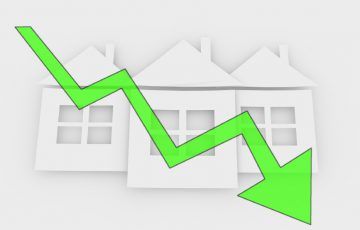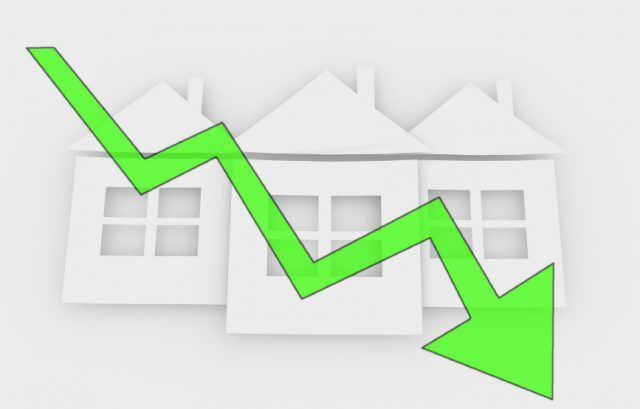Record High for Successful Mortgage Applications Seen in Q2
The second quarter (Q2) of the year saw a record high for successful mortgage applications, with almost nine in ten (88%) resulting in offers, according to the latest Mortgage Market Tracker from the Intermediary Mortgage Lenders Association (IMLA).

Record High for Successful Mortgage Applications Seen in Q2
This is 13 percentage points higher than in Q2 2016, when 75% of mortgage applications led to offers, and is the highest proportion on record since the Tracker began at the start of 2016.
The quarterly report, which uses data from BDRC Continental, follows mortgage applicants’ journeys through the intermediary channel, from initial enquiry through to completion.
In doing so, it contrasts the fortunes of brokers with a particular focus on first time buyers, home movers, remortgagers, buy-to-let borrowers and applicants for specialist loans.
The Tracker shows that, despite the political events of Q2 – the snap General Election and resulting hung Parliament – the mortgage market remained buoyant, with gross mortgage lending for the quarter reaching £603 billion – up by 3% from Q1 and 6% on Q2 2016.
Furthermore, of the intermediaries surveyed for the report, 96% stated that they felt confident in the future of the mortgage market, suggesting that this is a trend that may continue.
First time buyers, in particular, have taken advantage of an extended period of low interest rates and lender support, which, despite affordability pressures, meant that the number of successful mortgage applications by this group increased from 71% in Q2 2016 to 88% in Q2 this year – a rise of 17 percentage points.
This proportion of successful mortgage applications is the highest recorded since the Tracker began in Q1 2016, having continued to rise steadily over the past year. The percentage of offers resulting in completions has also grown year-on-year, from 75% in Q2 2016 to 81% in Q2 2017, with 71 of every 100 mortgage applications now resulting in a completion – up from 58 at the start of last year.
The Executive Director of IMLA, Peter Williams, comments: “While the second quarter of 2017 was dominated by political speculation and campaigning, any resulting uncertainty was not enough to send the mortgage market and the determination of aspiring homeowners off their course. The percentage of successful applications continued to grow across the board; a testament to the ability of the intermediaries to match consumers with suitable products in what is an increasingly complex marketplace.
“With house price rises softening and easing affordability pressures, borrower demand and lender supply remains unwavering, heightened by increasingly competitive residential and buy-to-let LTV [loan-to-value] pricing. Greater choice means that, for intermediaries, it is perfectly possible to match a wide range of aspiring homeowners and movers to suitable finance, without compromising on rigorous assessments of borrower capacity to service their mortgage underpinning the market.”
Portfolio landlords should remember that the second phase of the Prudential Regulation Authority’s buy-to-let underwriting changes will come into force next month. Get to grips with them here: https://www.justlandlords.co.uk/news/portfolio-landlord-underwriting-changes/








